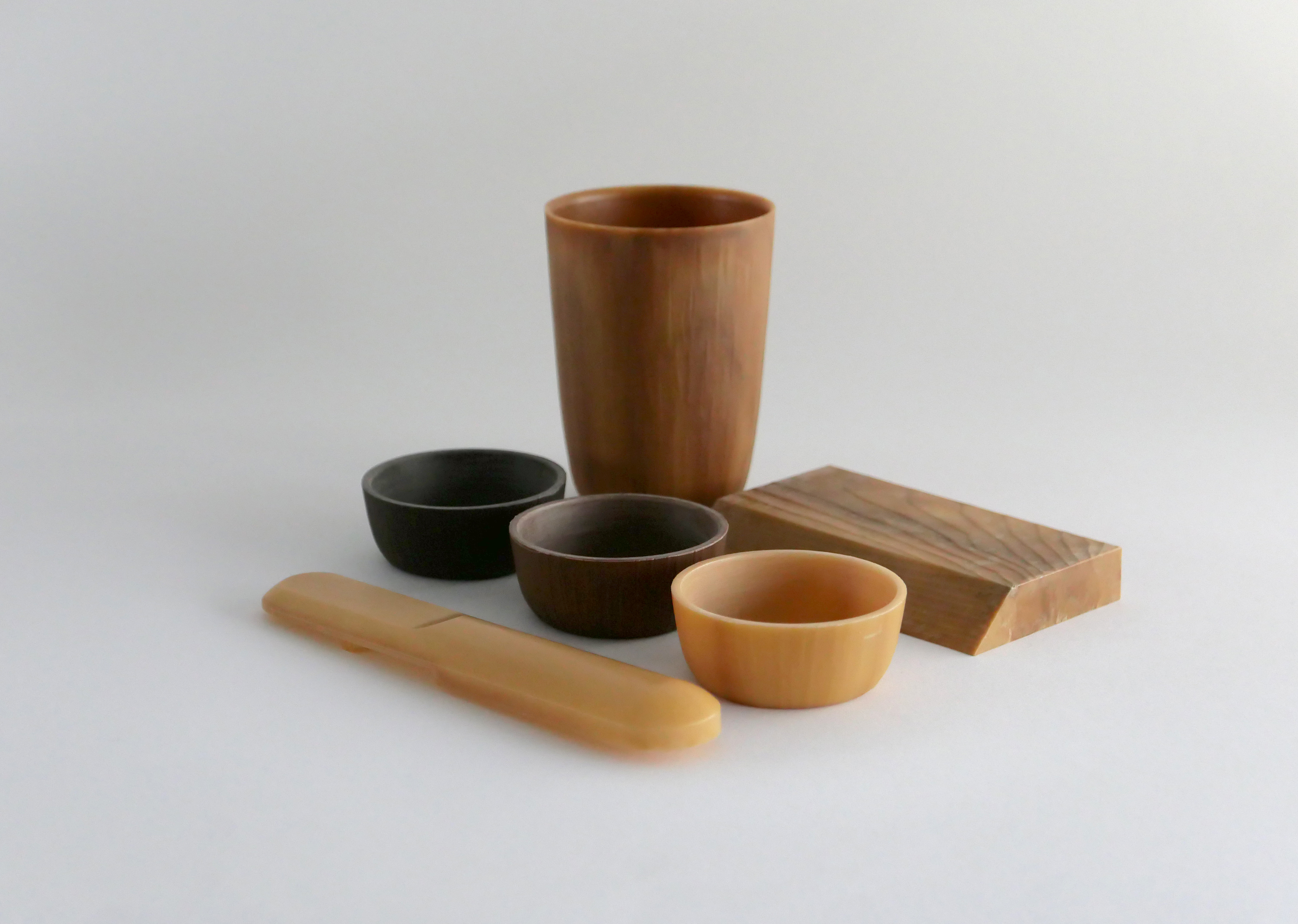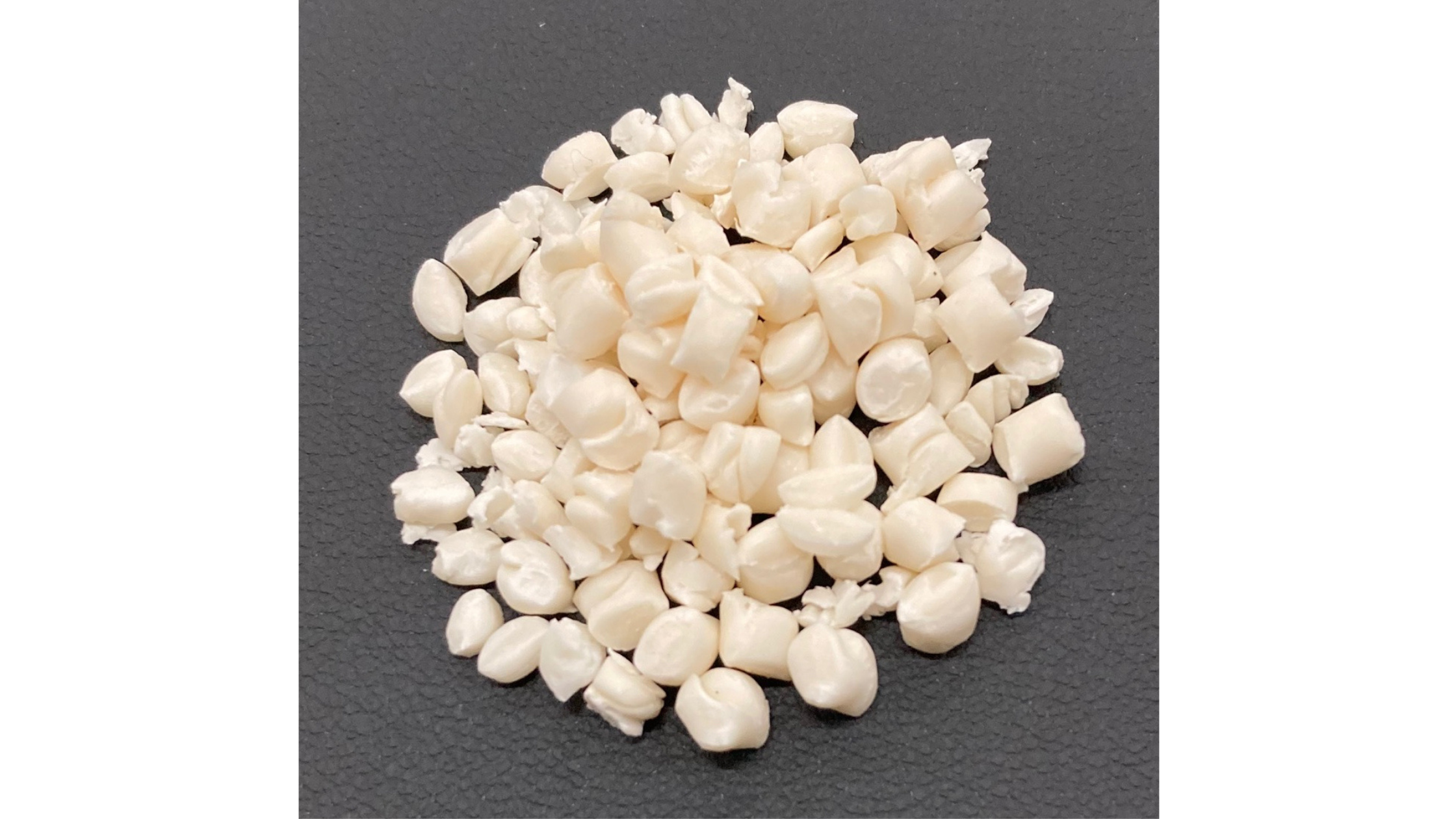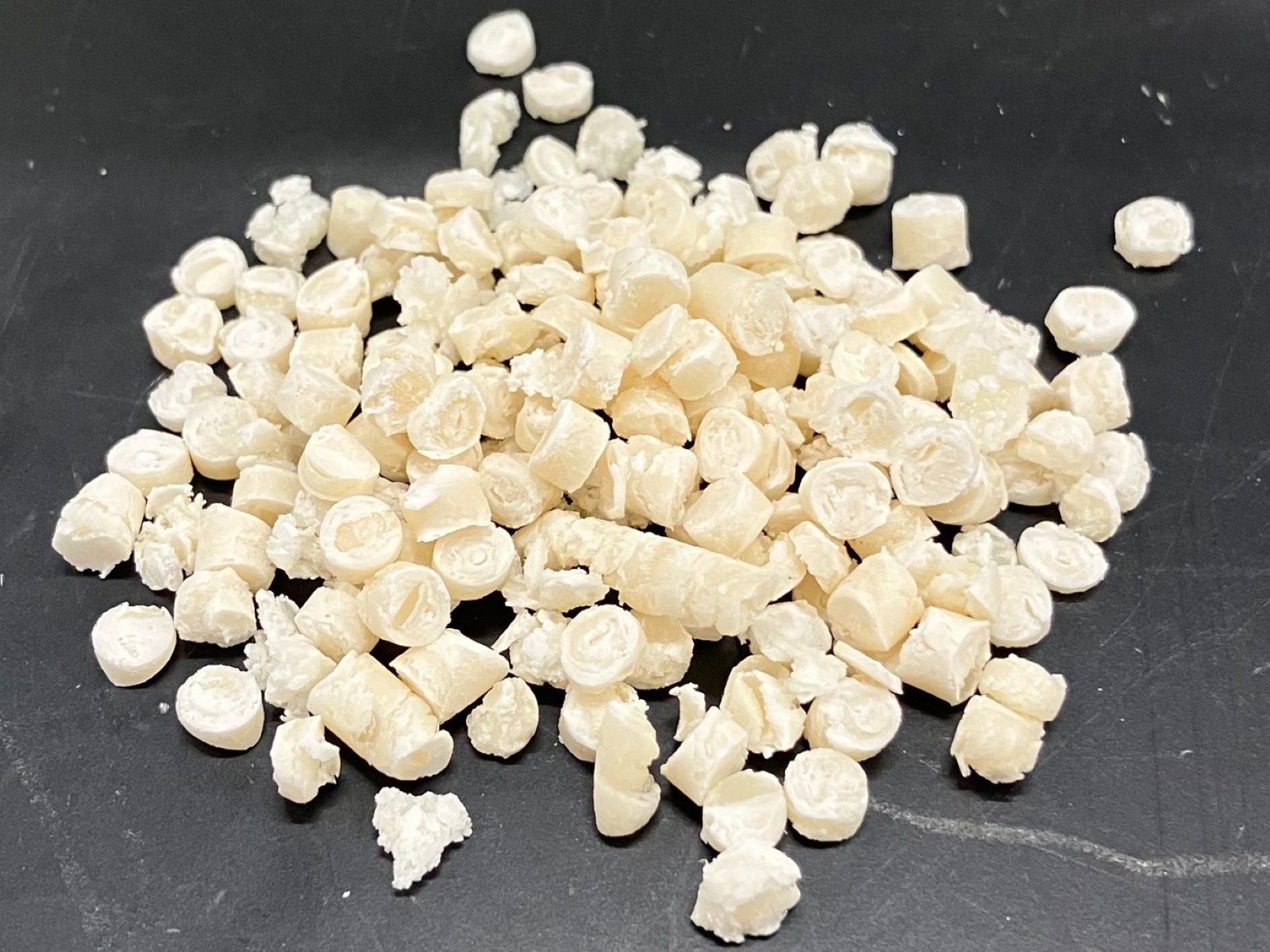Development of 70% high density cellulose fibre moulding material

Panasonic Corporation Manufacturing Innovation Headquarters has developed a composite processing technology that mixes plant-derived cellulose fibers into a resin at a high concentration of 70%, and molding technology that commercializes it.
Molding of cellulose fiber 55% concentration released in 2019 [1] We are proceeding with the development of high concentration from the material * 1 , and even with the 70% concentration of this development, we can also express the desig
n that makes the most of the natural feeling of the material. Succeeded.
Due to recent marine plastic problems and environmental problems such as depletion of petroleum resources and global warming, efficient use of natural resources (SDGs goal 12) and prevention and drastic reduction of marine pollution (SDGs goal 14) are being developed by the United Nations. It has been set as a target and there is a worldwide demand for reduction of the amount of resin. In 2017, we formulated the "Environmental Vision 2050" and are proceeding with development activities aimed at achieving both a "better life" and a "sustainable global environment."
We started research and development activities to reduce the amount of petroleum-derived resin in 2015, and in 2019 we developed a composite processing technology that mixes cellulose fiber, which is a naturally-derived component, into the resin at a concentration of 55% * 2 . After that, we proceeded with the development of higher concentration of cellulose fiber and developed a composite processing technology that mixes it with resin at 70% concentration. By optimizing the resin and cellulose materials and improving the kneading [2] method, we have succeeded in developing two types of composite resin molding materials, a high-rigidity type and a high-flow type. In the high-rigidity type, by controlling the shape of the cellulose fiber, a high rigidity of 9 GPa or more is achieved with a flexural modulus, and it can be expanded to in-vehicle mechanical members. In the high-fluidity type, by combining the improvement of fluidity, which is the issue of high concentration, the development of molding technology with a new mold structure, and the optimization of the molding process, thin-wall molding processing equivalent to 55% concentration is performed. It can be expanded to home appliance housings and daily necessities. In addition, it has a high degree of freedom in coloring, and it is possible to control color unevenness by browning the material itself without using a coloring agent, and it is possible to realize high design such as wood texture.
Currently, we are working in collaboration with local governments and companies to make effective use of various plant waste materials such as cypress, cedar, bamboo, wheat, tea leaves, and coffee that contain cellulose fiber. By mixing these plant waste materials with resin, it is possible to create sensory values such as the color and scent of each plant. With the development of this composite processing technology and molding technology, it is possible to mix these plant waste materials into the resin at a concentration of 70%, making it possible to perform thin-wall molding processing.
In the future, we will take advantage of the features and advantages of high-concentration cellulose fiber molding materials, such as home appliance housings and in-vehicle mechanism members, large-scale home appliances exteriors and beauty home appliances that take advantage of high strength and design, clothing, clothing and daily necessities, as well as beverages and food containers. We will continue to expand to such areas. At the same time, we will accelerate the development of a wide range of products by further enhancing material properties and material superiority, and promote corporate activities toward the realization of a sustainable society by reducing the amount of resin used.
Read more on Panasonic website
https://news.panasonic.com/jp/press/data/2021/02/jn210204-1/jn210204-1.html

